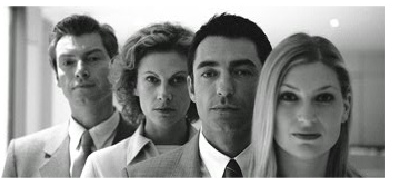
While the R&D department manages Product design, the Marketing department controls:
- PRICE
- PROMOTION
- PLACE
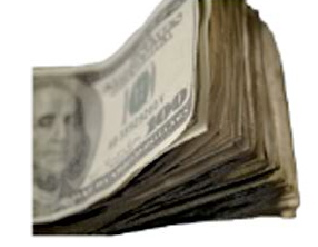
Each market segment has an expected price range.
In general, the higher the technology, the higher the price. The Low End expects a lower price range than High End.
Within a price range, product appeal follows a classic price-demand curve.
Outside the range, appeal falls rapidly. At $1 above the range, demand falls by 20%. At $5 above the range, appeal drops to 0.
Prices are set on the Marketing screen.
Price delivers the product's contribution to margin. Dropping a product's price will increase demand, but cuts per unit profit.
Segment price ranges drop at a rate of 50 cents per year. This puts pressure on companies to improve their cost structures.
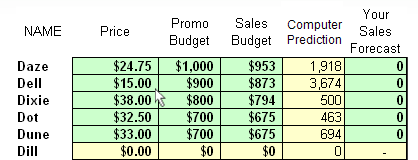
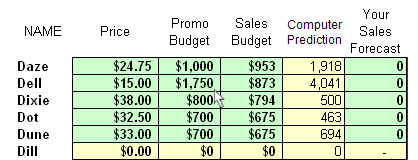
Marketing also controls promotion for each product.
Promotion creates awareness. It lets customers know the product is out there and available. Over time, however, customers begin to forget your products. Without a Promotion budget, a product will lose 33% of its awareness from one year to the next.
Promotion budgets are subject to diminishing returns. The first $1,500,000 buys approximately 36% additional awareness. An additional $1,500,000 buys only 14% more awareness.
Higher awareness facilitates sales. For example, if two products have identical attributes and price, but one has 100% awareness and the other 0%, the product with 100% awareness will out sell the other 2 to 1.
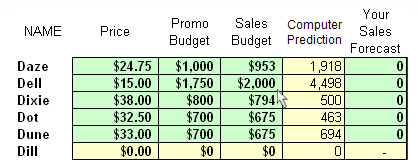
The fourth P, Place, is driven by the Marketing Department's sales budget.
The sales budget builds the sales force and distribution system, which creates accessibility. Without a sales budget, a product will lose 33% of its accessibility from one year to the next. While sales budgets are allocated per product, the accessibility percentage applies to the segment, not the product.
Like awareness, 0% accessibility does not imply 0 sales. If two products have identical attributes and price, but one has 100% accessibility and the other 0%, the product with 100% accessibility will out sell the other 2 to 1. A product's sales budget reaches diminishing returns at about $3 million. If teams have two or more products in a segment, each will contribute towards accessibility, but the combined budgets reach diminishing returns at $4.5 million.
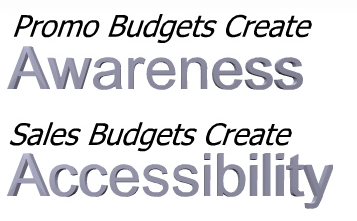
Awareness can be seen as a "before the sale activity;" accessibility "as during and after the sale." The promo budget persuades customers to look at products. The sales budget is spent on accessibility, that is salespeople, customer service and distribution channels. The sales budget facilitates the completion of the sale.
Promotion budgets create awareness, Sales budgets (that is, Place) create accessibility.
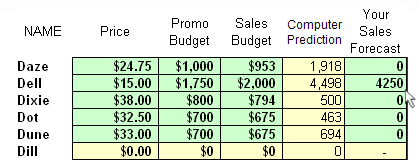
Two columns address Sales Forecasting. The first, Computer Prediction, is generated by the computer.
It assumes your competitors will not improve their products- not a good assumption. The second, Your Sales Forecast, allows you to enter a qualitative assessment. Good forecasting is crucial to your company’s success. Forecasting too high will lead to inventory buildups, which can be very costly. Forecasting too low means lost sales opportunities, which can be just as costly. Please see the Forecasting article in the Team Member Guide for more information.
Accounts Payable and Receivable Finance decisions can be entered on the Marketing screen. Accounts Receivable affects product demand: Allowing customers to take longer to pay improves product appeal but strains your cash reserves as customers take advantage of the more generous credit terms.
Accounts Payable has different ramifications.
The Accounts Payable policy affects the Production Department. Taking longer to pay suppliers frees up cash, but it creates material shortfalls as suppliers slowdown delivery.